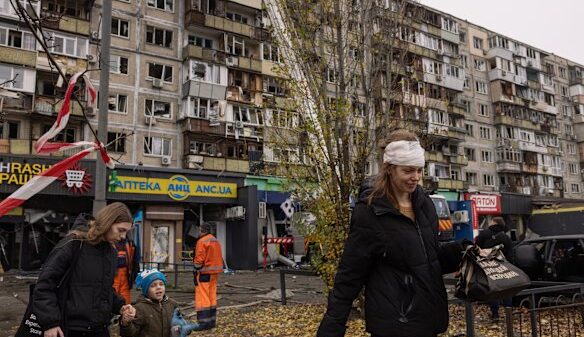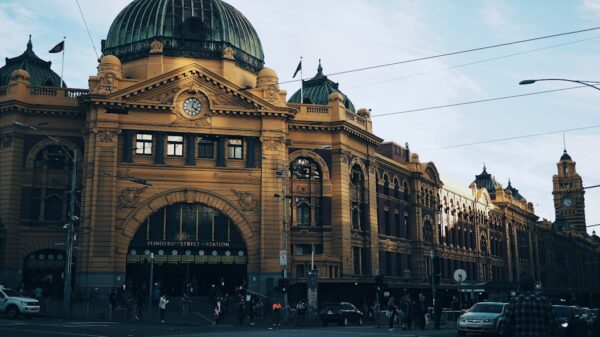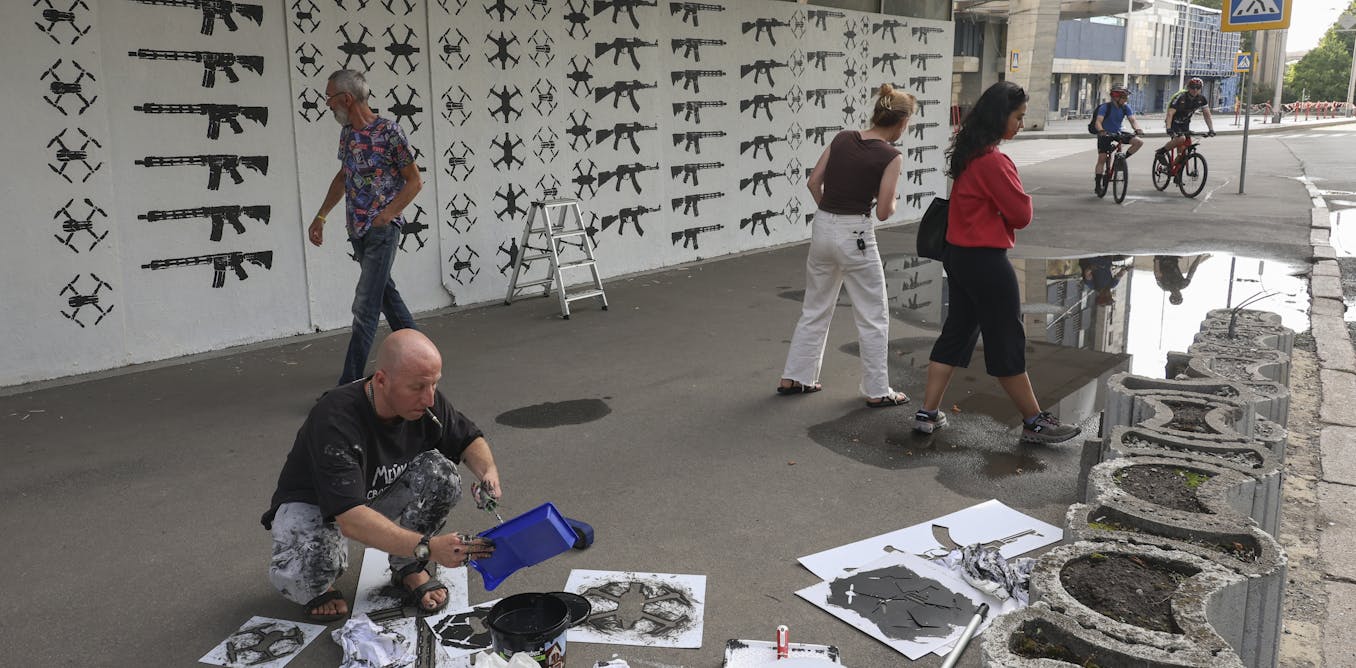A recent visit to Kharkiv, Ukraine’s eastern capital, reveals a city grappling with the scars of war while striving to maintain a semblance of normalcy. The visit provided insights into the current military situation and the daily lives of residents who continue to navigate the challenges posed by ongoing conflict.
Traveling to Kharkiv is not straightforward. With limited train services, the journey from Kyiv can take up to eight hours by bus. This route exposes travelers to the small towns that reflect the broader socio-economic landscape of Ukraine, emphasizing the stark contrast between the relative prosperity of the capital and the struggles of these communities. In Kharkiv itself, the absence of military-age men on the streets is notable, with many likely serving on the front lines or taking brief leave from active duty.
Kharkiv has a rich history, having served as Ukraine’s Soviet capital from 1919 to 1934 and a hub for military production until the onset of the current conflict. The city’s factories stand silent, a stark reminder of its former economic vitality. With Russia located approximately 40 kilometers away, residents face the constant threat of missile and drone attacks, particularly in the eastern suburbs, where devastation is widespread.
Life in a War-Torn City
Despite the challenges, Kharkiv’s central areas exhibit a surprising vibrancy. Parks such as Shevchenko and Gorky are well-maintained, where families enjoy the summer weather amidst blooming flowers. The Nikolsky shopping mall, reportedly the largest in Ukraine, remains stocked and lively, while bars attract a youthful clientele who continue to socialize despite the ongoing conflict. The city wears its proud title of “unbreakable,” as evidenced by signs displayed throughout.
Yet, the population has dramatically diminished since the full-scale invasion began in 2022. Before the war, Kharkiv boasted around 1.5 million residents, but estimates suggest fewer than half remain. Many have fled abroad or relocated within Ukraine, raising concerns about the future of the city and whether those who have left will return.
The city’s educational institutions, including the prestigious Karazin Kharkiv National University, have also suffered. Enrolment has plummeted to under 100,000 students this year, a significant drop from the pre-war figure of 300,000. The absence of international students, a tradition dating back to Soviet times, further reflects the impact of the conflict.
The Ever-Present Shadow of War
In Kharkiv, the realities of war permeate daily life. Public advertisements are scarce, replaced by promotional images of military leaders from various battalions, including the Azov and the 93rd mechanized brigade, reinforcing the notion that local citizens rely on these forces for protection against Russian aggression.
Air raids are a regular occurrence, with sirens blaring throughout the day and night. The chilling announcements urging residents to seek shelter serve as constant reminders of the threats posed by the conflict. Unlike Kyiv, which benefits from advanced air defense systems such as Patriot missiles, Kharkiv lacks similar protections, making it more vulnerable to potential attacks.
As the journey back to Kyiv begins, the bus fills with women carrying large bags and weary soldiers returning home for short breaks. The route once again traverses the desolate towns and villages, highlighting the economic struggles faced by many. Few passengers disembark in the capital, underscoring the war’s toll on the populace.
Frank Ledwidge, the author of this account, has no affiliations that would benefit from this article, ensuring an objective perspective on the current situation in Kharkiv. The city stands as a testament to resilience amidst adversity, with its residents working to create a semblance of normal life while confronting the harsh realities of ongoing conflict.





























































